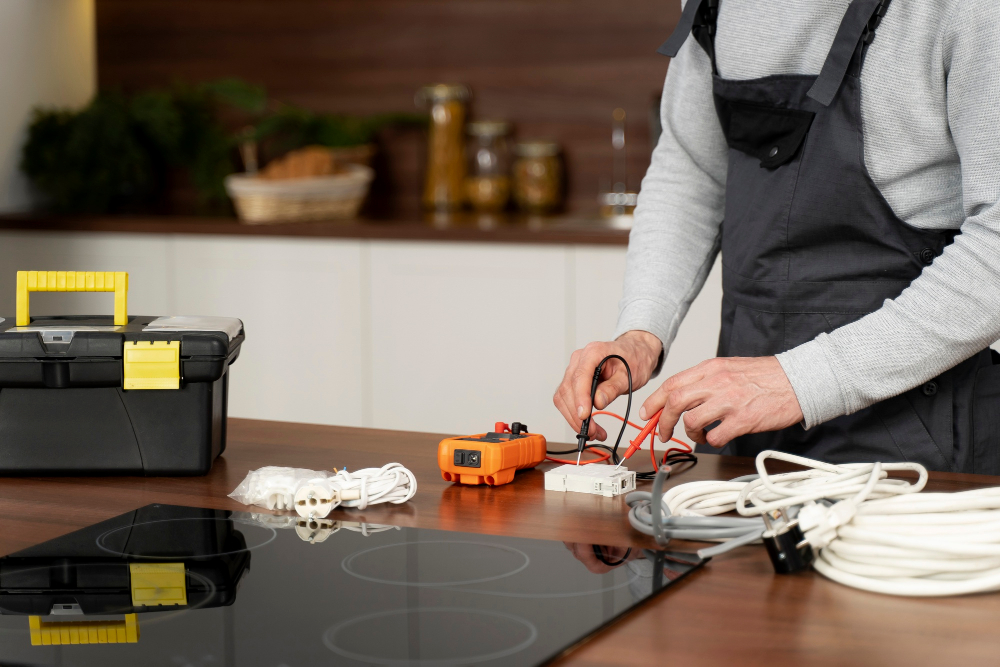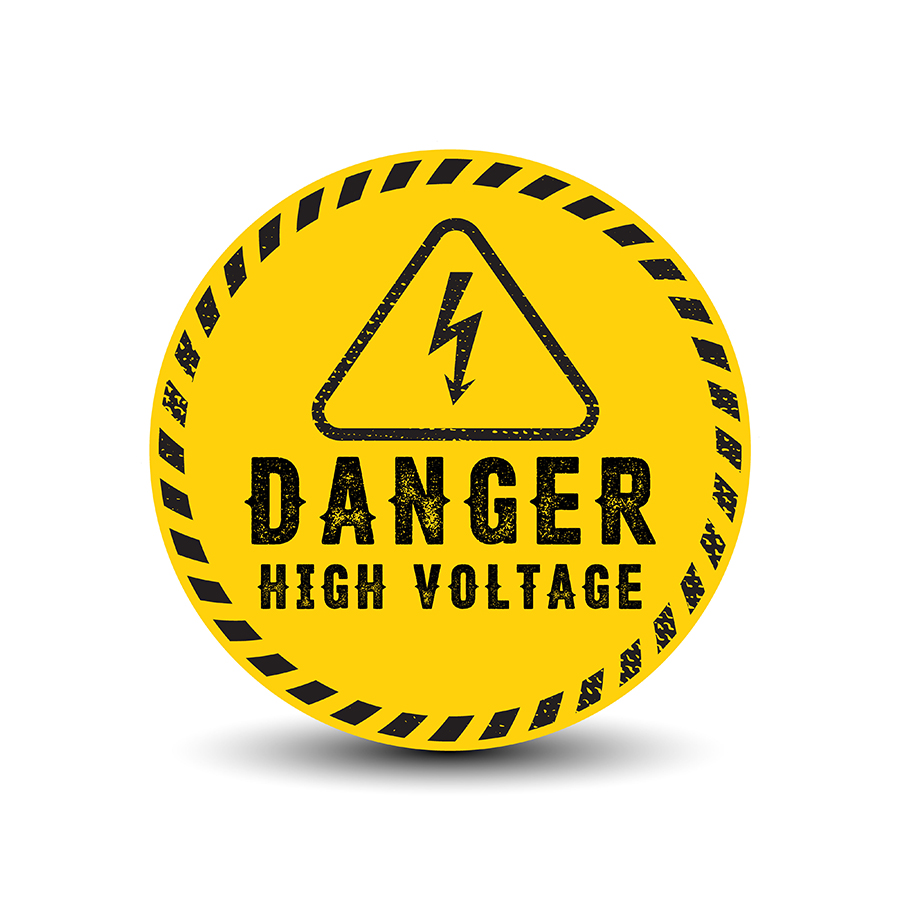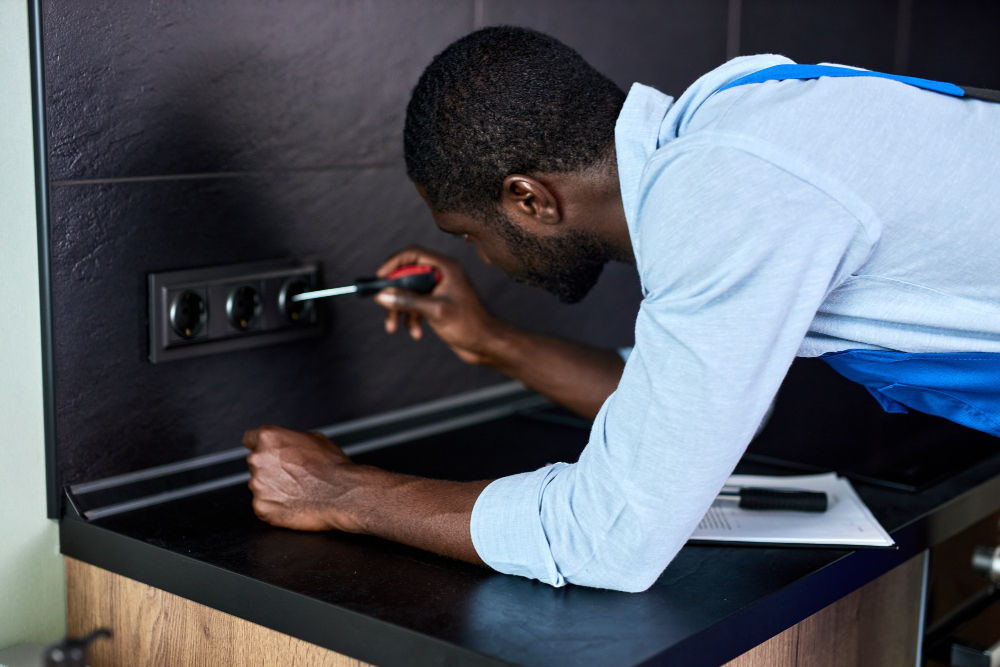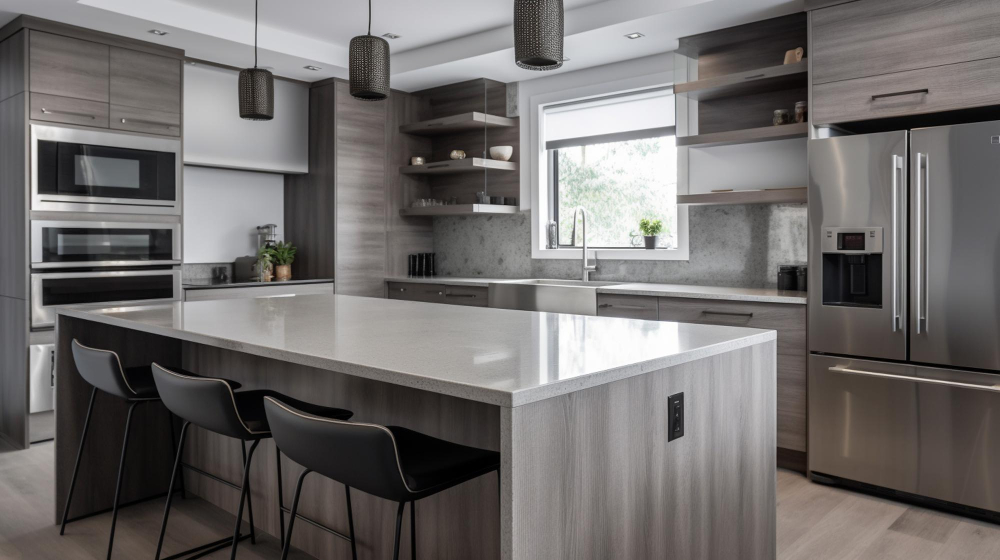Last updated on
Discover the key differences between battery-powered and hardwired under-cabinet lighting to make an informed decision for your kitchen’s illumination needs.
Are you looking to add some extra light to your kitchen counters? Under-cabinet lighting is a great solution for providing task lighting while also adding a touch of ambiance. But with so many options available, it can be overwhelming to decide which type of under-cabinet lighting is right for you.
In this article, we’ll explore the differences between battery-powered and hardwired under-cabinet lighting, so you can make an informed decision on which one will best suit your needs and preferences. So grab a cup of coffee and let’s dive in!
Key takeaways:
- Battery-powered lights are easy to install and portable.
- Hardwired lights offer better energy efficiency and reliability.
- Battery-powered lights require regular battery replacements.
- Hardwired lights require professional installation and may be less flexible.
- Consider upfront costs and long-term expenses when deciding.
What's Inside
Introduction
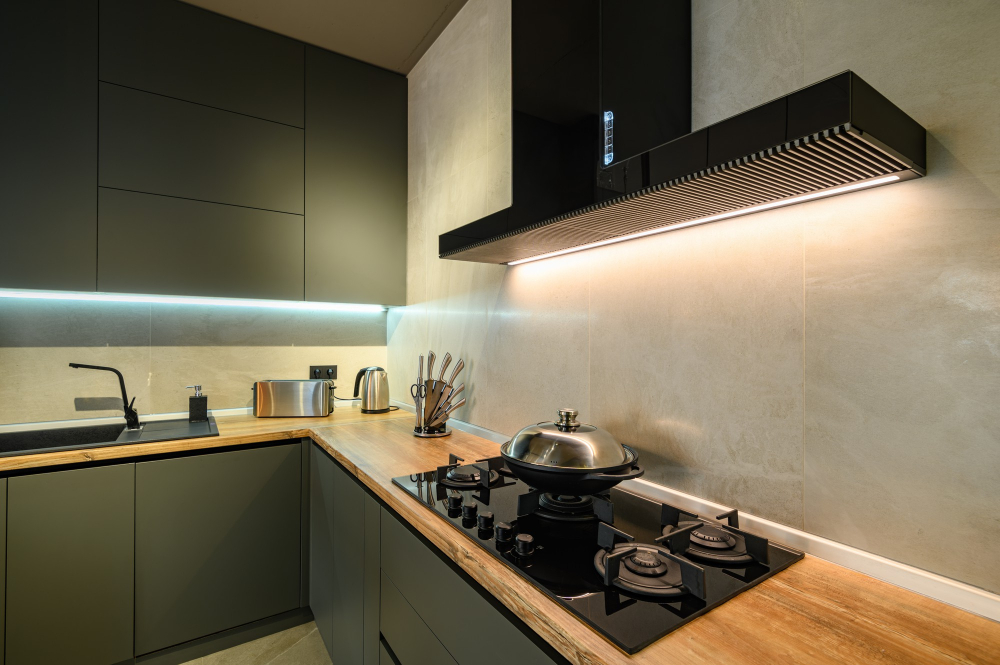
Under-cabinet lighting is an essential component of any modern kitchen. It provides task lighting for food preparation, adds ambiance to the space, and highlights your beautiful countertops and backsplash.
However, choosing between battery-powered or hardwired under-cabinet lighting can be a daunting task. Both options have their advantages and disadvantages that you need to consider before making a decision.
Battery-powered lights are easy to install without requiring professional help or electrical wiring knowledge. They are also portable, which means you can move them around as needed without worrying about cords getting in the way.
On the other hand, hardwired lights require installation by an electrician but offer more energy efficiency and reliability over time.
Battery-Powered Pros
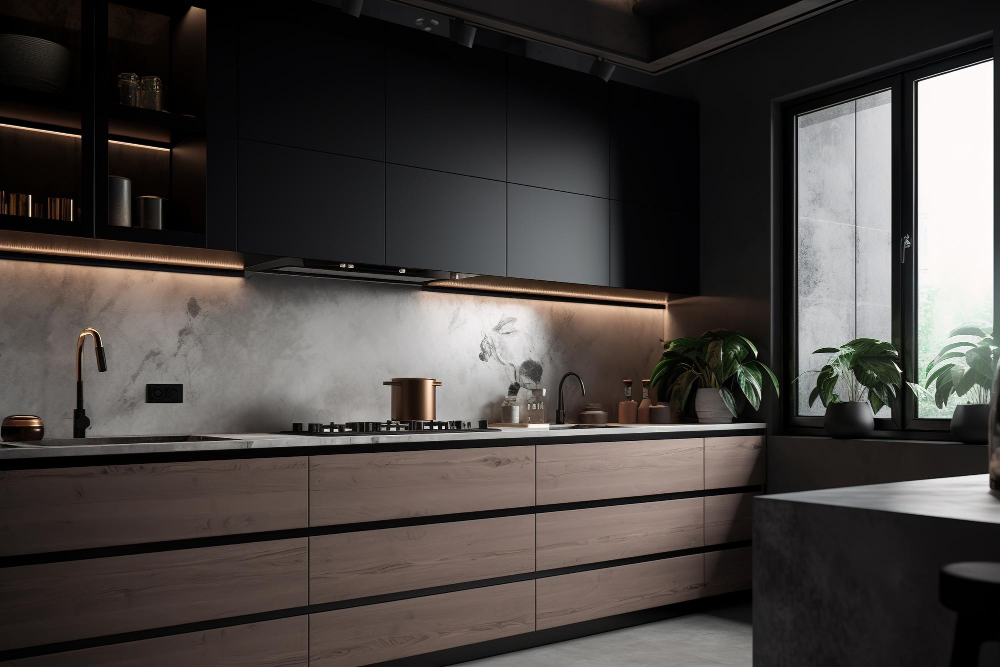
One of the biggest advantages is that it doesn’t require any wiring or electrical work, making it a great option for renters or those who don’t want to deal with the hassle of hiring an electrician. Battery-powered lights are portable and can be easily moved around as needed without having to worry about cords getting in the way.
Another benefit is that they’re typically more affordable than hardwired options since there’s no need for additional materials or labor costs. Plus, many models come with convenient features like motion sensors and dimming capabilities which allow you to customize your lighting experience.
However, keep in mind that battery-powered lights will require regular maintenance such as replacing batteries every few months depending on usage.
Battery-Powered Cons
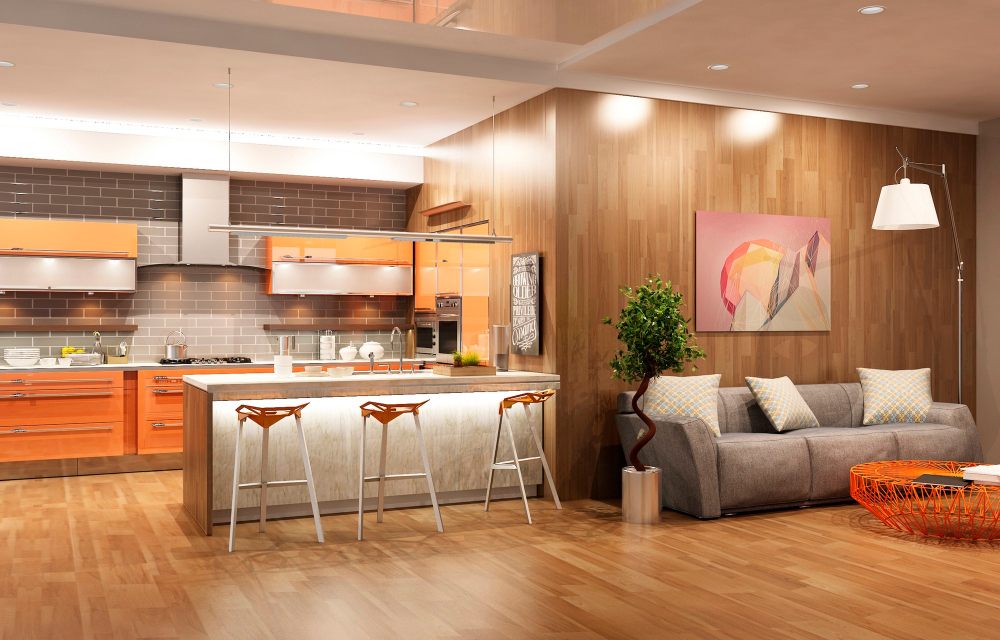
One of the most significant drawbacks is that batteries need to be replaced regularly, which can become costly and time-consuming over time. Battery-powered lights tend to have a shorter lifespan than hardwired options and may not provide as much brightness or consistency in their illumination.
Furthermore, if you forget to turn off your battery-operated lights after use or leave them on for an extended period of time accidentally, they will drain quickly and require frequent replacements. Overall while there are benefits to using this type of lighting solution; it’s essential also to consider its limitations before making your final decision on what type of under-cabinet lighting system you want for your kitchen space.
Hardwired Pros
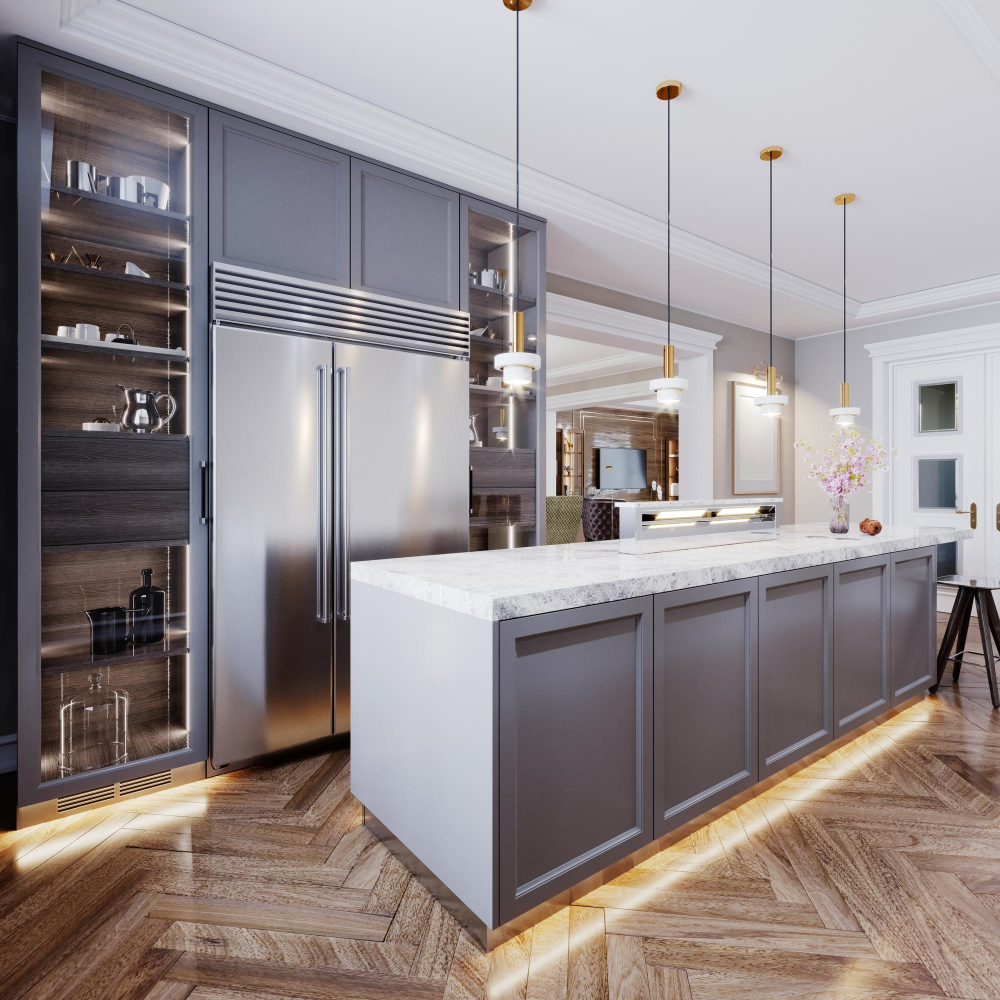
Unlike battery-powered lights, hardwired fixtures are connected directly to your home’s electrical system, which means they don’t require any batteries or charging. This makes them more energy-efficient in the long run and eliminates the need for frequent battery replacements.
Another advantage of hardwired under-cabinet lighting is that it can be controlled by a wall switch or dimmer switch, giving you greater control over the brightness levels in your kitchen. Because they’re wired into your home’s electrical system, there are no cords or wires hanging down from underneath your cabinets.
Hardwired Cons
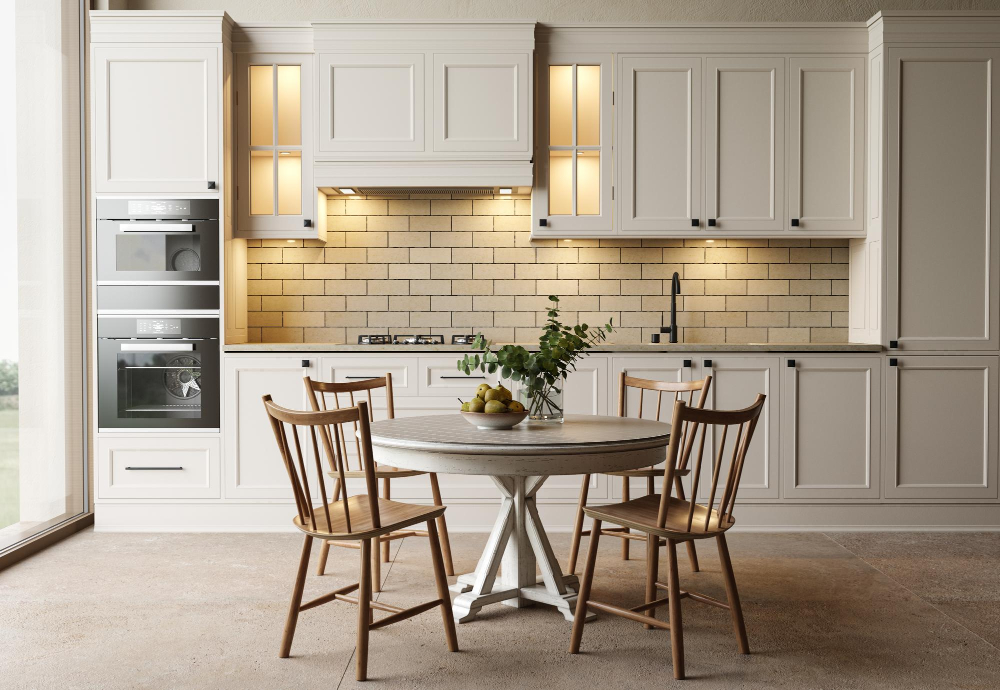
One of the most significant drawbacks is the installation process. Hardwired lighting requires a direct connection to your home’s electrical system, which means you’ll need to hire an electrician or have advanced DIY skills to install it properly.
This can be time-consuming and costly compared to battery-powered options that require no wiring at all.
Another disadvantage of hardwired under-cabinet lighting is that it may not be as flexible as battery-powered alternatives when it comes to placement and positioning. Since they are wired directly into your home’s electrical system, moving them around or adjusting their position can be challenging without professional help.
Lastly, if there is ever an issue with your hardwired under-cabinet lights such as a bulb burning out or malfunctioning in any way – you will need an electrician again for repairs instead of just replacing batteries like in battery-operated ones.
Installation Comparison
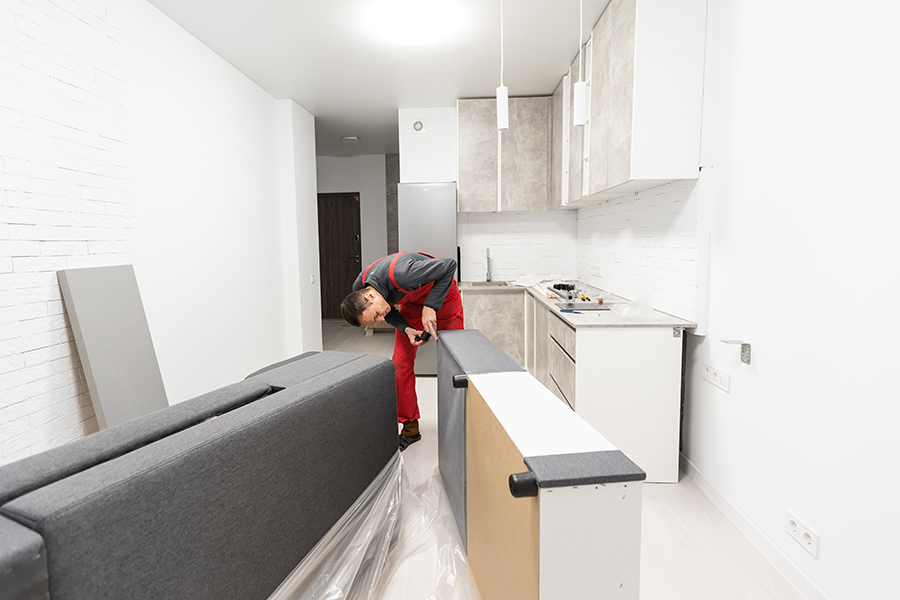
Battery-powered lights are incredibly easy to install since they don’t require any wiring or electrical work. You can simply attach them with screws or adhesive strips, and you’re good to go! This makes them an excellent option for renters who want the benefits of under-cabinet lighting without making permanent changes.
On the other hand, hardwired lights require a bit more effort during installation since they need to be wired into your home’s electrical system by a professional electrician. While this may seem like a hassle at first glance, it does offer some advantages in terms of reliability and safety.
If you’re looking for quick and easy installation that doesn’t involve any wiring work or hiring professionals – battery-powered is the way to go.
Energy Efficiency
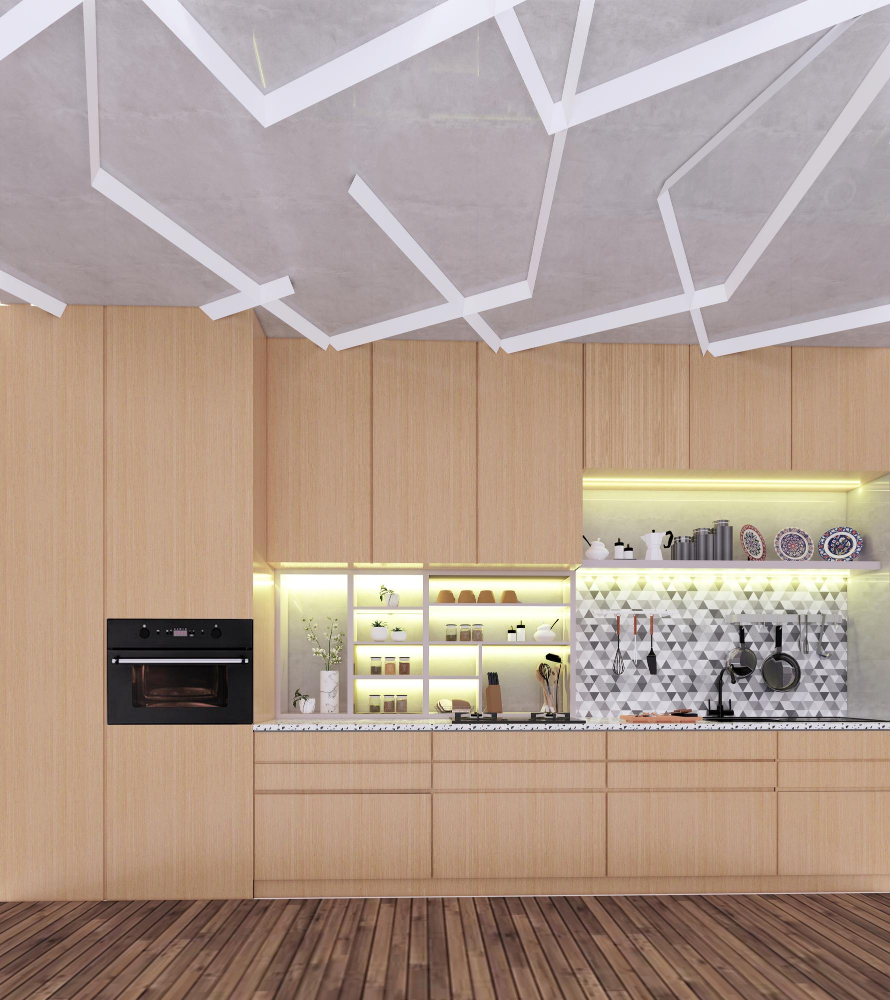
Since they are directly wired into your home’s electrical system, they draw power from a reliable source and don’t require any batteries that need replacing. This means you won’t have to worry about constantly changing out batteries or running out of power in the middle of cooking dinner.
On the other hand, battery-powered under-cabinet lights can be less efficient since their battery life depends on how often you use them and how long each use lasts. However, some newer models come with rechargeable batteries that can help reduce waste and save money in the long run.
Maintenance & Lifespan
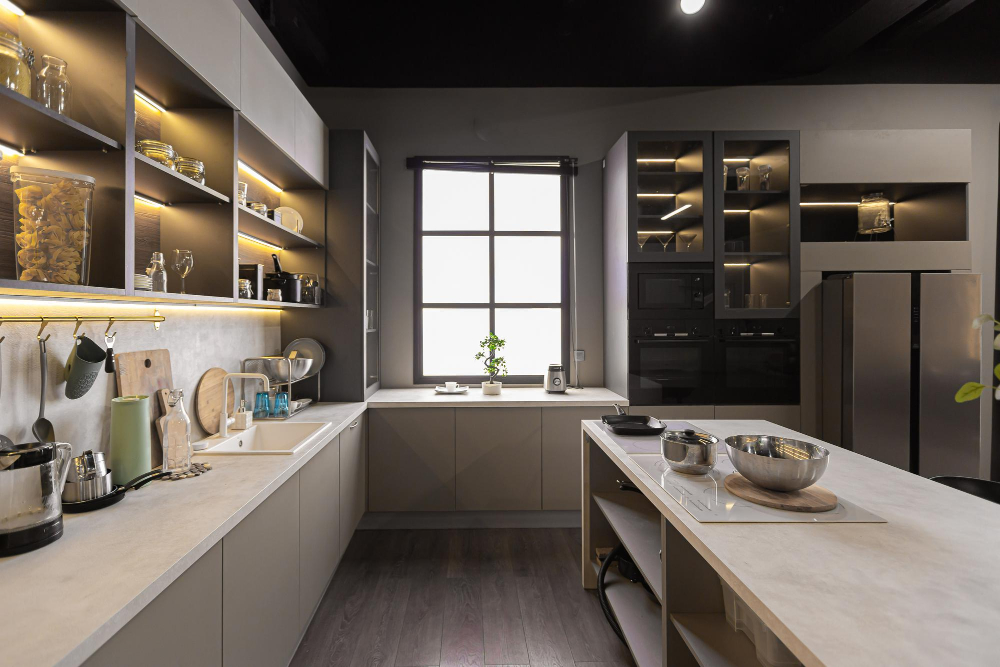
Hardwired lights are designed to last for years without needing any significant maintenance or replacement. On the other hand, battery-powered lights require regular battery replacements which can be costly in the long run.
Hardwired under-cabinet lighting is typically more durable than their counterparts since they are installed directly into your home’s electrical system. This means that you won’t have to worry about replacing them as often as you would with a battery-operated option.
Cost Analysis

Battery-powered lights are easy to install and require no electrical work, which means you can do it yourself without hiring an electrician. However, the ongoing cost of replacing batteries can add up over time.
On the other hand, hardwired under-cabinet lighting requires professional installation and may involve some electrical work in your kitchen. This means that initial costs will be higher than battery-powered options but once installed they tend to last longer with little maintenance required.
It’s important to consider both upfront costs as well as long-term expenses when deciding between these two types of under-cabinet lighting.
Conclusion
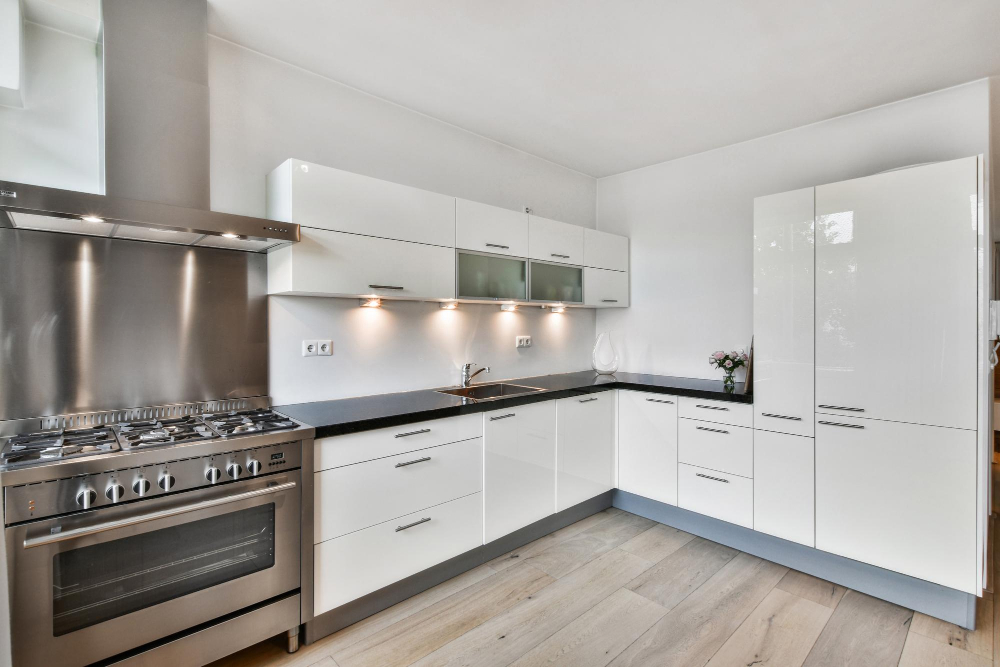
Battery-powered lights are easy to install, portable, and affordable. On the other hand, hardwired lights offer a more permanent solution with better energy efficiency.
Ultimately, your decision will depend on your specific needs and preferences. If you’re looking for a quick fix or don’t want to deal with electrical wiring in your kitchen cabinets, then battery-powered lights may be the way to go.
However if you’re willing to invest in a more long-term solution that offers better energy efficiency over time then hardwired lighting is worth considering.
Regardless of which option you choose though one thing is certain: under-cabinet lighting can make all the difference when it comes to creating an inviting atmosphere in your kitchen while also providing much-needed task lighting for cooking or preparing food on counters below them!.
Continue reading:
